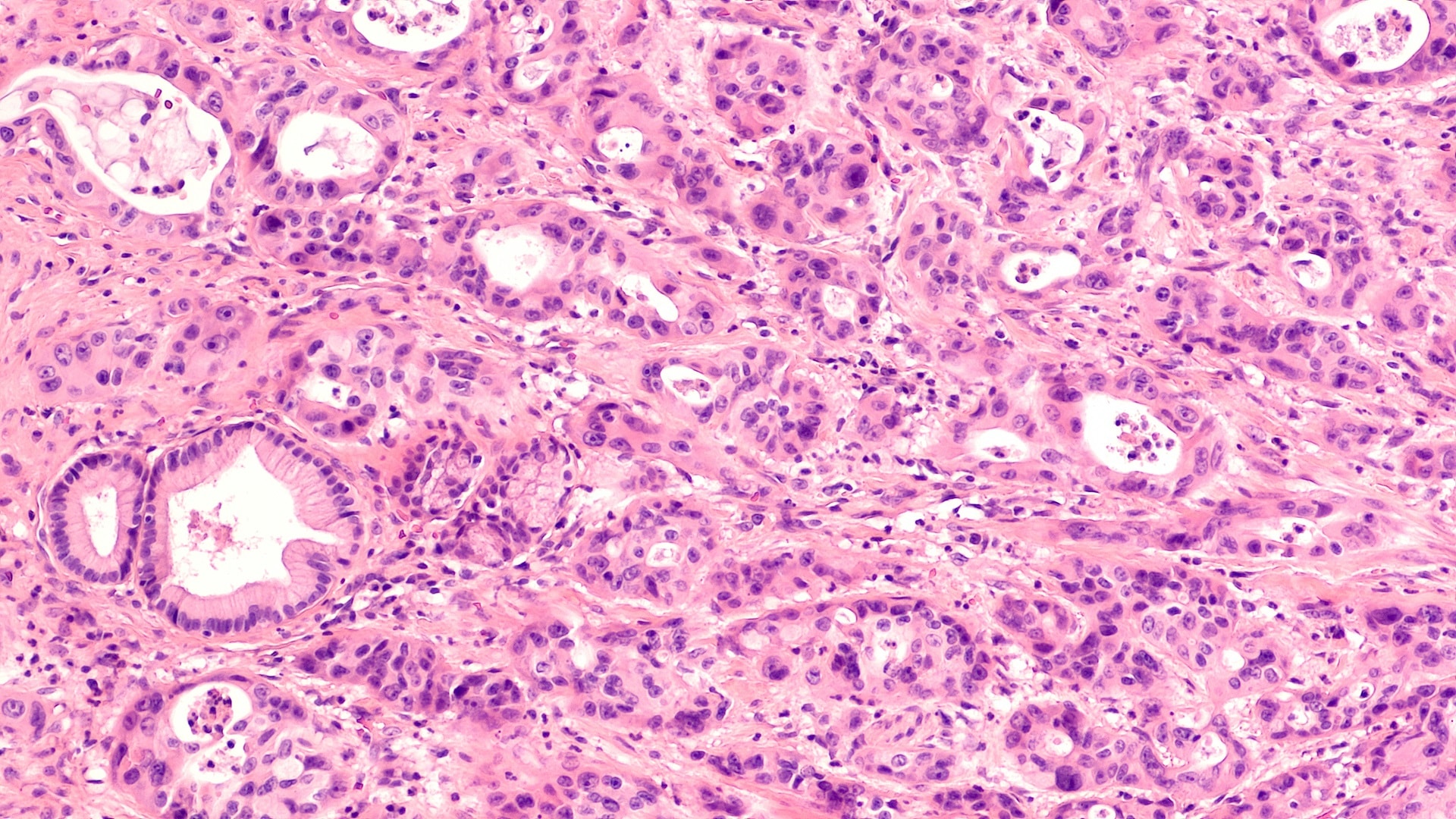Pancreatic cancer could be diagnosed up to three years earlier
Tuesday 1st Nov 2022, 11.29am

In the largest study of its kind, researchers from the University of Oxford, in partnership with Pancreatic Cancer Action and the University of Surrey, investigated signs of pancreatic cancer, including weight loss, hyperglycaemia and diabetes and demonstrated the timelines for when they develop in relation to cancer. The pancreas is a vital organ with two key functions, to produce insulin and digestive enzymes. Cancer can affect one or both of these functions leading to the above symptoms. Currently, almost 90 per cent of people with pancreatic cancer are diagnosed too late for curative treatment.
Lead author Dr Agnieszka Lemanska, Lecturer in Data Science at the University of Surrey, said: ‘Due to the difficulty in detecting pancreatic cancer, survival rates are extremely poor compared to other cancers, with less than 10 per cent of people surviving five years or more after diagnosis.
‘Weight loss and increased blood glucose are recognised symptoms of pancreatic cancer. However, the extent of these symptoms and when they manifest have been unknown. Knowing when they develop will help clinicians to diagnose this deadly cancer, meaning treatment can begin earlier.’
Ali Stunt, Founder and CEO of Pancreatic Cancer Action, and pancreatic cancer survivor, said: ‘I was lucky to be diagnosed in time for surgery and ‘beat the odds’, but sadly this is not the case for everyone. Symptoms for pancreatic cancer are ambiguous and difficult for clinicians to diagnose; it was originally thought I had gallstones.
‘I am one of the one per cent who survive pancreatic cancer beyond 10 years, and it’s a lonely place to be.” a lonely place to be.’
Using the Oxford-Royal College of General Practitioners Clinical Informatics Digital Hub (ORCHID), researchers analysed the data of 8,777 patients diagnosed with pancreatic cancer and compared it to a control group of 34,979.
Researchers found that dramatic weight loss in people with pancreatic cancer could be detected two years before they received an official diagnosis. At the time of diagnosis, body max index (BMI) was lower in those with pancreatic cancer by three units. The elevation in glycated haemoglobin (HbA1c) was detectable even earlier, from three years before the diagnosis.
Further statistical analysis revealed that weight loss in people with diabetes was associated with a higher risk of pancreatic cancer than in those without the condition. It was also found that hyperglycaemia in people without diabetes was associated with a higher risk of pancreatic cancer than in people with diabetes.
Professor Simon de Lusignan of the University of Oxford’s Nuffield department of Primary Care Health Sciences explained: ‘Our research suggests that a dramatic and unexplained weight loss, mainly in people with, but also in those without diabetes, as well as an unexplained hyperglycaemia, should be treated with high levels of suspicion.’
Findings from the study have led researchers to call for clinicians to conduct BMI and HbA1c assessments more regularly for their patients with and without diabetes. This would help identify those with pancreatic cancer.
Professor de Lusignan added: ‘BMI and HbA1c are simple measures routinely collected in clinical practice. However, the challenge for research is the irregular testing of BMI and HbA1c and missing data. For example, we see that BMI and HbA1c were more scarcely recorded for people without a diagnosis of diabetes than for people with diabetes. Data-driven approaches could be important tools that help clinicians identify patients at risk. However, this relies on the quality and completeness of data. Regular HbA1c and BMI measurements in primary care would not only improve diabetes and pancreatic cancer diagnoses but would also improve the quality of routine data for research.’
Dr Lemanska said: ‘Significant decline in weight and increase in blood glucose could be detected in patients’ years in advance of them receiving a diagnosis for pancreatic cancer. This makes these metabolic changes important candidates for pancreatic cancer markers. However, with diabetes being so much more prevalent than pancreatic cancer, it is difficult in clinical practice to recognise pancreatic cancer-induced hyperglycaemia.’
This study, ‘BMI and HbA1c are metabolic markers for pancreatic cancer: Matched case-control study using a UK primary care database‘, was published in PLOS ONE.

